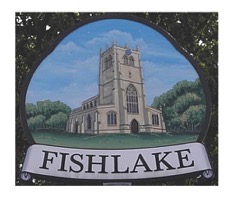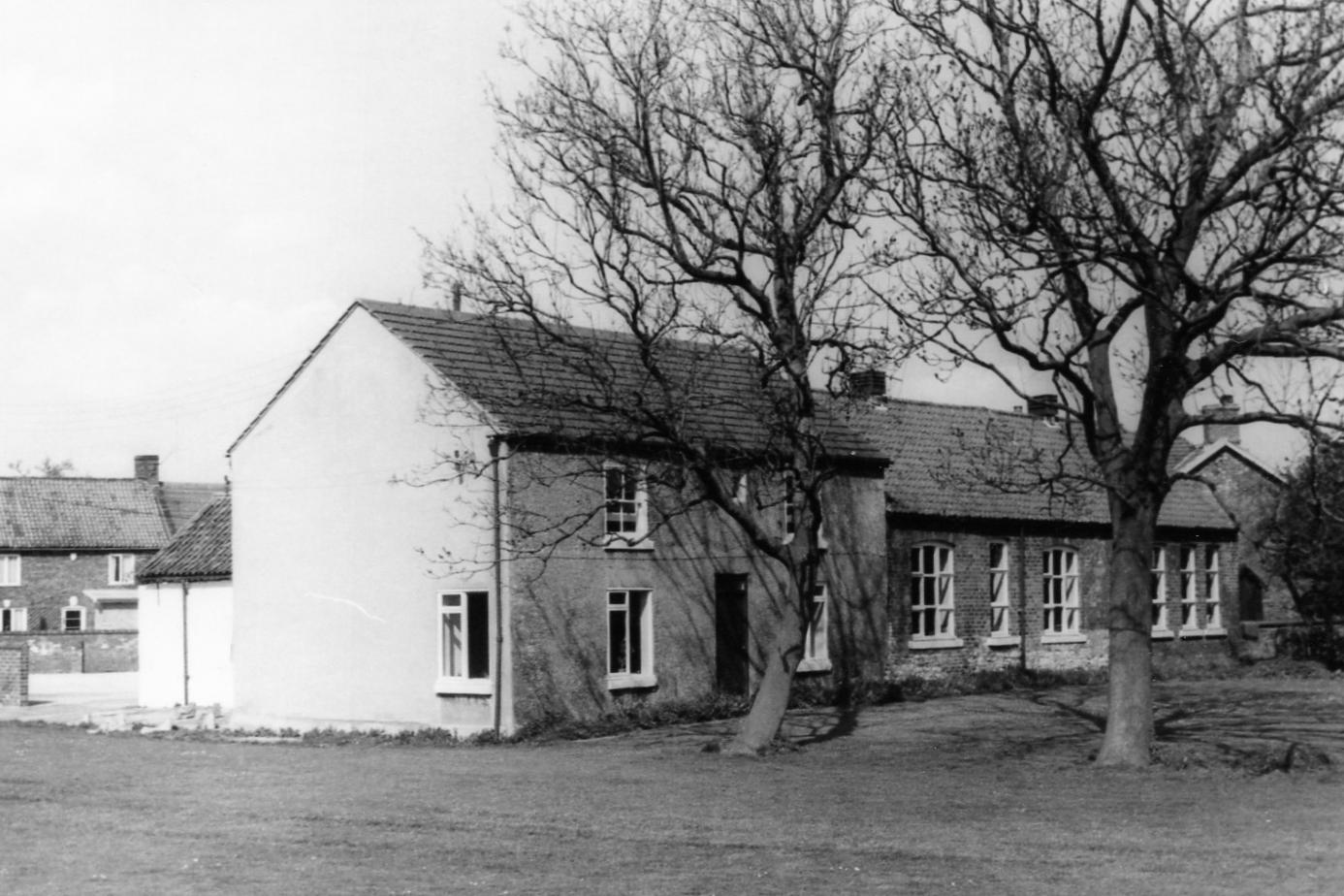Fishlake History Society
Recording historical information before it disappears
- Historical Research
- Crime in Fishlake
- Fishlake Hall
- Whats in a name
- Rev J Leeson
- Fishlake's Physical History
- An Old Sketch Map of Fishlake
- The Township of Fishlake
- Published Histories of Fishlake
- Rev Eliezer Flecker
- Canon G Ornsby
- The Fishlake Pinder
- Fishlake Constable Accounts
- Stone relics to be found in Fishlake Vicarage Garden
- A Catalogue of Fishlake Historical records formally kept at Fishlake Church
- Fishlake Hearth Tax 1672
- Who tried to settle in Fishlake many years ago.
- What the travel writer found in Fishlake 120 years ago.
- Archdeacon Hopkins Badnall, Vicar of Fishlake 1886-1888. A two year ministration.
- Fishlake Endowed School Play.
- L'Isle Family and The Fishlake Connection.
- A Short History of Flooding in Fishlake.
- The First Photographers who captured pictorial images of Fishlake
- Early History of Fishlake Ferry
- Primitive Methodism in Fishlake and Two Preachers
- The Township Boundary of Fishlake
- The Phenomena of Detached Enclaves of Townships. The case of Fishlake and Sykehouse
- A catalogue of Incumbents at St Cuthbert’s, Fishlake
- An Inventory of Roads and Lane in Fishlake Past and Present.
- The Bylaw Books and Bylawmen of Fishlake.
- A List of Fishlake Field Names from Old Maps and Documentary Sources.
- The Sale Of Church Farm, Fishlake 1904.
- Quaker Burial Grounds in Fishlake.
- Downings Yard
- Church_Street_Cottages.pdf
- Church_Street_Cottages_2.pdf
- River Don Crossings : Jubilee Bridge Fishlake
- Did Fishlake once possess a forest?
- Thorninghirst: an ancient settlement.
- Ale Houses and Pubs in Bygone Fishlake.
- The Beginnings of Modern Policing in Fishlake
- Support for the Poor of Fishlake through the Ages.
- Who lived in Fishlake 700 years ago: The Taxation Records of 1297, 1342 and 1379.
- Old Fishlake Wills
- The Church Courts: Some Fishlake Cases.
- Churchwarden Accounts for Fishlake.
- The Home Front Kitchen.
- Six early images of old Fishlake village.
- Roberts Family postcards.
- Fishlake Childhood Memories.
- Church Plate belonging to St Cuthbert’s Church, Fishlake
- CHURCH BELLS AT ST CUTHBERT’S, FISHLAKE.
- Breaking News: Three Fishlake Men Refuse a Knighthood.
- Memories of Flood, Feast and Farm.
- George Ornsby 1859 Lecture about Fishlake Church
- Corn Mills and Millers in Fishlake
- Two Chantry Chapels at St Cuthbert's Fishlake
- The Glebe Terrier’s of Fishlake Church.
- Dovecotes in Fishlake.
- Fishlake’s Past Finding’s: What the newspapers were reporting about the village two centuries ago.
- Medieval Latin Wills of Fishlake Residents.
- A list of possessions at St Cuthbert’s Church Fishlake in 1552.
- The Strange Case of Rev Joseph Arrowsmith BA Vicar of Fishlake.
- PROBATE INVENTORIES. Some Fishlake examples.
- Morality, Dissent and Church Discipline in Fishlake, the evidence from Visitation Records.
- CUTHBERT’S HAVEN. Fishlake and the St Cuthbert connection.
- The Boating Dike. One of two anomalous man made features, formally part of Fishlake’s ancient landscape.
- A Story of a Church Clock: St Cuthbert’s Fishlake
- An important source of original documents relating to the history of Fishlake and Fishlake families.
- Fishlake Timeline
- Images
- Virtual Museum
- Oral History
- Fishlake Links
- Requests for help or information
- Contact Us
- Search
Fishlake History Society
Recording historical information before it disappears
- Historical Research
- Crime in Fishlake
- Fishlake Hall
- Whats in a name
- Rev J Leeson
- Fishlake's Physical History
- An Old Sketch Map of Fishlake
- The Township of Fishlake
- Published Histories of Fishlake
- Rev Eliezer Flecker
- Canon G Ornsby
- The Fishlake Pinder
- Fishlake Constable Accounts
- Stone relics to be found in Fishlake Vicarage Garden
- A Catalogue of Fishlake Historical records formally kept at Fishlake Church
- Fishlake Hearth Tax 1672
- Who tried to settle in Fishlake many years ago.
- What the travel writer found in Fishlake 120 years ago.
- Archdeacon Hopkins Badnall, Vicar of Fishlake 1886-1888. A two year ministration.
- Fishlake Endowed School Play.
- L'Isle Family and The Fishlake Connection.
- A Short History of Flooding in Fishlake.
- The First Photographers who captured pictorial images of Fishlake
- Early History of Fishlake Ferry
- Primitive Methodism in Fishlake and Two Preachers
- The Township Boundary of Fishlake
- The Phenomena of Detached Enclaves of Townships. The case of Fishlake and Sykehouse
- A catalogue of Incumbents at St Cuthbert’s, Fishlake
- An Inventory of Roads and Lane in Fishlake Past and Present.
- The Bylaw Books and Bylawmen of Fishlake.
- A List of Fishlake Field Names from Old Maps and Documentary Sources.
- The Sale Of Church Farm, Fishlake 1904.
- Quaker Burial Grounds in Fishlake.
- Downings Yard
- Church_Street_Cottages.pdf
- Church_Street_Cottages_2.pdf
- River Don Crossings : Jubilee Bridge Fishlake
- Did Fishlake once possess a forest?
- Thorninghirst: an ancient settlement.
- Ale Houses and Pubs in Bygone Fishlake.
- The Beginnings of Modern Policing in Fishlake
- Support for the Poor of Fishlake through the Ages.
- Who lived in Fishlake 700 years ago: The Taxation Records of 1297, 1342 and 1379.
- Old Fishlake Wills
- The Church Courts: Some Fishlake Cases.
- Churchwarden Accounts for Fishlake.
- The Home Front Kitchen.
- Six early images of old Fishlake village.
- Roberts Family postcards.
- Fishlake Childhood Memories.
- Church Plate belonging to St Cuthbert’s Church, Fishlake
- CHURCH BELLS AT ST CUTHBERT’S, FISHLAKE.
- Breaking News: Three Fishlake Men Refuse a Knighthood.
- Memories of Flood, Feast and Farm.
- George Ornsby 1859 Lecture about Fishlake Church
- Corn Mills and Millers in Fishlake
- Two Chantry Chapels at St Cuthbert's Fishlake
- The Glebe Terrier’s of Fishlake Church.
- Dovecotes in Fishlake.
- Fishlake’s Past Finding’s: What the newspapers were reporting about the village two centuries ago.
- Medieval Latin Wills of Fishlake Residents.
- A list of possessions at St Cuthbert’s Church Fishlake in 1552.
- The Strange Case of Rev Joseph Arrowsmith BA Vicar of Fishlake.
- PROBATE INVENTORIES. Some Fishlake examples.
- Morality, Dissent and Church Discipline in Fishlake, the evidence from Visitation Records.
- CUTHBERT’S HAVEN. Fishlake and the St Cuthbert connection.
- The Boating Dike. One of two anomalous man made features, formally part of Fishlake’s ancient landscape.
- A Story of a Church Clock: St Cuthbert’s Fishlake
- An important source of original documents relating to the history of Fishlake and Fishlake families.
- Fishlake Timeline
- Images
- Virtual Museum
- Oral History
- Fishlake Links
- Requests for help or information
- Contact Us
- Search
The Township of Fishlake: a short overview.
Growth, Development and Decline.
Educational Provision.
The custom of electing a master who was a graduate of either Oxford or Cambridge ceased in 1816, since no such graduate could be obtained at such a small salary, at this time £50 per year. Therefore James Froggatt was elected the first non graduate master. As to the curriculum, Latin had been taught from time to time but the subject had lapsed by the late 18th century. It has always been argued, probably quite rightly, that it was basically an elementary school for teaching English, writing and accounts, but in the mid eighteenth century we also find the teaching of navigation and land surveying, though much depended upon the skills of individual masters and upon the requirements of the day.
© 2025 Fishlake History Society


